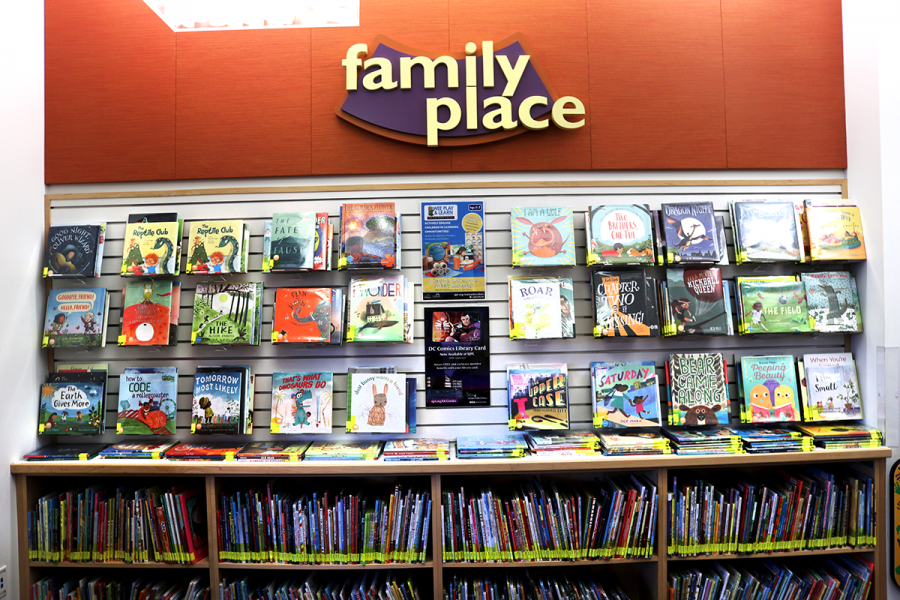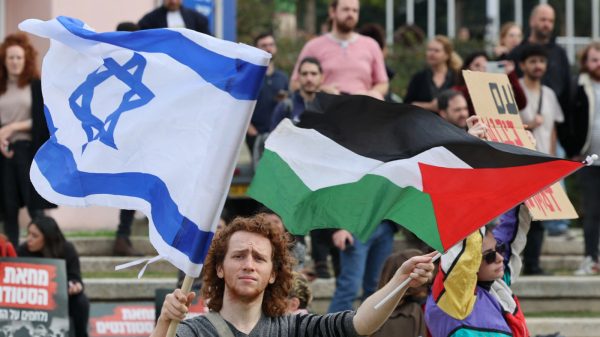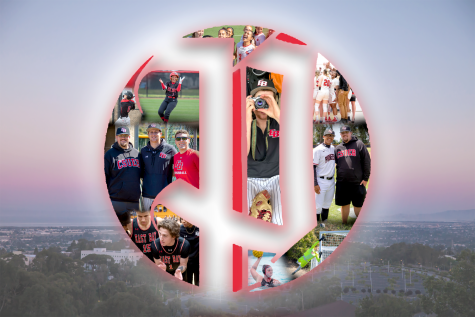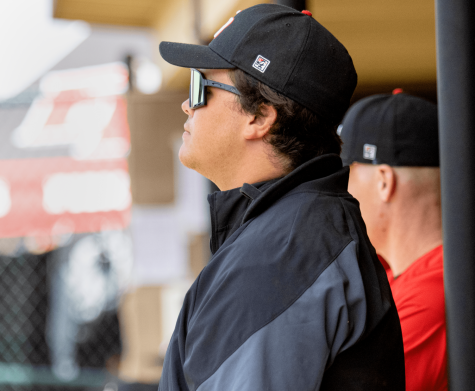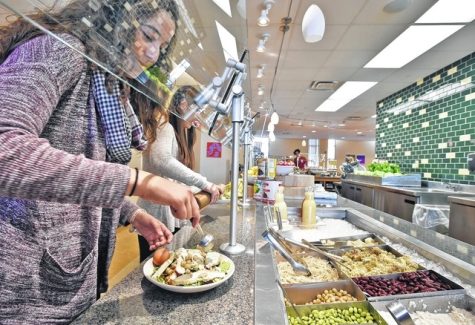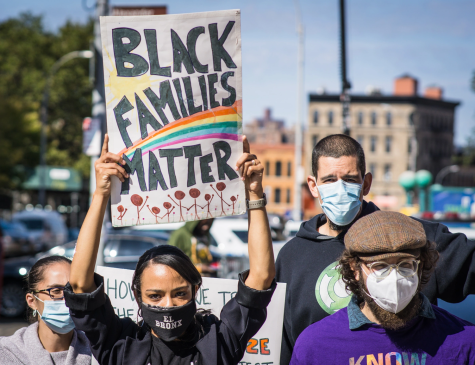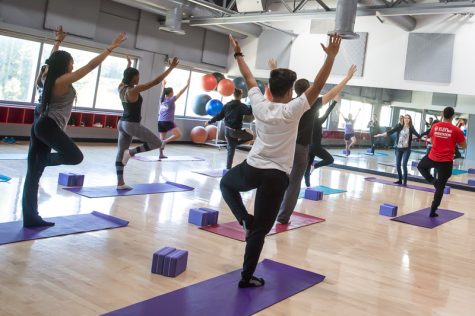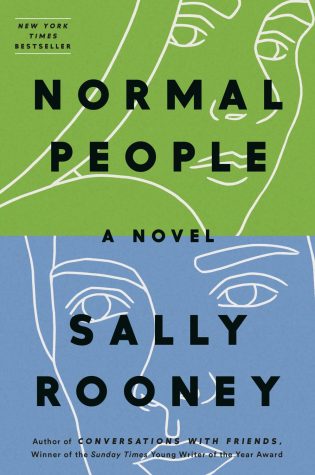The quality and access of multicultural picture books for children
December 12, 2019
Driven by curiosity and the desire to explore new things, children naturally experience a learning cycle that helps them navigate their place in the world. They become curious about things like where skin color comes from and why are people are different, which can sometimes make parents and educators feel unequipped to have conversations about race and identity.
The lack of diversity in picture books is pushing more authors and publishers to respond to the need for children’s books that help introduce children to those topics and spark real and important conversations within their homes and classrooms, according to the Cooperative Children’s Book Center at the University of Wisconsin.
Recently Academy Award-winning actress Lupita Nyong’o published her first picture book titled “Sulwe,” a liberal autobiography that coincides with a lot of moments from her childhood. The book tells the tale of Sulwe, which means Star in Swahili, a young girl who is the darkest person in her family and school.
Sulwe wishes she had a lighter skin tone just like her mother and sister and she doesn’t feel beautiful. Later she is visited by a star and goes on a magical journey which helps Sulwe love and accept herself. The book sends a beautiful message of self-love and educating young children about the issue of colorism.
Similarly, star of Netflix hit show Queer Eye, Karamo Brown published his second picture book titled “I Am Perfectly Designed” which tells a tale of a father and son who roam around the city and discover the several and different ways they are designed for each other. Brown wrote the book to honor his son Jason who identified himself as a pansexual. The story sends a message of self-acceptance with a very important emphasis on parent-child relationships.
Diversity and representation are so important because often children of color do not see themselves represented in children’s literature. In an interview with Sumaya Fiqy, a mother to a six year-old daughter, shared her experience with finding the right books that resonate best with her daughter.
“In my daughter’s school, students can go every day to the library and pick some books, but the majority of the books are not only outdated but also do not contain Black characters and or people of color. The only times I’m able to find suitable books for my daughter is when we go to the public library,” Fiqy said.
Public libraries across the country provide safe, free, and accessible resources to the members of their communities. Edith Sutterlin, a Librarian at San Jose Public Library East Carnegie branch, explained the strive the branch has to provide more updates and diverse selections of children’s books.
“We want all children to be exposed to a wide variety of literature that there is. What we don’t want is for a child to come into our library, open up 25 picture books and they can’t find any that look like them,” Sutterlin said.
Among other things, parents want to see their children understand and embrace their uniqueness and individuality. In Fiqy’s experience, there was one particular book helped foster her daughter’s sense of self-esteem and self-acceptance.
“We had a conversation on why she thought her natural curls were ugly and we later read together one the stories in the book ‘Good Night Stories for Rebel Girls.’ The story on the Senegalese Supermodel Khoudia Diop. We then went on her Instagram and I showed her feed and she loved it so much. That yes, Brown skin girls with curly hair are beautiful,” Fiqy said.
The demand for multicultural books that reflect the wide range of diversity in our world whilst empowering young boys and girls is definitely available, but parents are concerned about the lack of multicultural books and resources. Local organizations like the East Bay Children’s Book Project have been helping build literacy within the community by putting books into the hands of children who have little to no access to them for nearly 15 years.
“Our biggest problem is getting more multicultural books, because of course not enough publishers are making them. We also have a problem getting Spanish books which is very necessary in this area,” Anne Kantz, founder of East Bay Children’s Book Project said.
Following her retirement in 2005, Kantz and her group of friends opened a small storefront in Oakland, Calif. hoping to give out the large collection of books they had gathered over the years. The storefront was geared to attract local teachers by providing them with resources to help build their classroom libraries. The book drive exceeded Kantz expectations and East Bay Children’s Book Project has given out more than a million free books since opening their doors in May 2005.
“We’ve been open for 15 years and given out two million books, all the books are donated and the program is volunteer-run. The program has been growing and growing and the people have been supporting us financially,” Kantz said in an interview.
As noted in Fiqy’s experience, having multicultural books that reflect children of color’s ethnicity in a positive way is crucial to helping children build a sense of identity and a good self-esteem. We see how those books how children not only learn about themselves and their experience but about other ethnicities and cultures as well.
Another area the CCBC diversity report studied the percentage of gender-nonconforming or LGBTQ content within children’s books, which was revealed to be less than four percent. Multiculturalism in books should also look into honoring and celebrating the many forms of self-identification and love.
Despite it’s universal message of “I am Perfectly Designed”, Brown revealed to WBUR-FM, NPR’s Boston station that the book reflected his journey of helping his family members understand what it means to be pan-sexual or loving all gender identities.
“I went on an immediate journey as a father to start researching and figuring out how can I support [my son] because I think that’s what should happen with parents,” Brown says. “Because of that, he’s making happy, healthy choices and living a life that I’m very proud that he’s living,” Brown told WBUR-FM.
Interestingly enough, book experts are now also looking back at the 1974 classic book “The Frog and Toad” and reintrurbutring the charachters in the children’s book believeving they might have been gay. The frog and toad who see eachother everyday, are synchronized in their daily routines, and most importantly love each other.
“I have been reading the Frog and Toad for years and I had no idea that the Frog and Toad is possibly a gay couple. I don’t know if that’s what that author intended but it seems like I was an underlying current that a lot of people are starting to realize,” Sutterlin said.
Children’s access and engagement with multicultural books is important in helping children have an understanding of the world in all of it’s diversity. With the wider range multicultural literature parents and educators can have important dialogues and conversations about important social topics and issues that relate to race, gender, power and privilege.




